Unlocking Precision and Creativity How CNC Wood Carving Machines Revolutionize Custom Furniture Design
In the world of custom furniture design, the advent of the CNC wood carving machine marks a significant turning point, fusing precision with unparalleled creativity. This advanced technology has transformed traditional woodworking practices, enabling artisans and designers to craft intricate and personalized pieces with remarkable accuracy. By utilizing computer numerical control, these machines streamline the design process, allowing for complex patterns and unique designs that were once thought to be beyond reach.

As a result, the CNC wood carving machine not only enhances production efficiency but also encourages a new wave of artistic expression in furniture making. This innovation provides designers with the tools to push the boundaries of creativity, ensuring that each piece of furniture is not just functional but also a work of art that reflects individual style and craftsmanship.
The Evolution of CNC Technology in Wood Carving
The evolution of CNC technology has significantly transformed wood carving, particularly in the custom furniture design industry. Originally developed in the 1950s, CNC (Computer Numerical Control) machines have progressed from basic functions to highly sophisticated systems capable of executing intricate designs with precision. According to the Woodworking Machinery Industry Association, the global CNC machine market is expected to reach $10 billion by 2025, reflecting an annual growth rate of over 6%. This growth is largely driven by advancements in software and hardware that enable greater accuracy and efficiency in woodworking.
In recent years, manufacturers have integrated advanced features such as 3D modeling and real-time monitoring into CNC wood carving machines. These innovations allow artisans to push the boundaries of creativity while ensuring each piece meets custom specifications. A report from Research and Markets indicates that the demand for customized furniture is on the rise, particularly among millennials and Gen Z consumers, with 40% preferring unique pieces that reflect personal style. This shift is prompting furniture designers to adopt CNC technology more widely, as it allows for rapid prototyping and exquisite craftsmanship, effectively marrying precision with the artist's vision.
Unlocking Precision and Creativity: How CNC Wood Carving Machines Revolutionize Custom Furniture Design
| Feature | Description | Impact on Custom Furniture Design |
|---|---|---|
| Precision Cutting | CNC machines use computer-guided tools for accurate dimensions and intricate designs. | Ensures high-quality, flawless finishes that meet exact specifications. |
| Material Versatility | CNC machines can carve a variety of materials, including hardwoods, softwoods, and composite materials. | Expanded design options allow for innovative custom furniture solutions. |
| Design Flexibility | CAD software integration enables quick modifications and complex designs. | Facilitates unique, personalized designs that cater to individual client preferences. |
| Production Efficiency | Automation leads to faster production rates and reduced labor costs. | Enables quick turnaround times for custom furniture orders. |
| Consistent Quality | Repeated processes ensure that each piece maintains the same high standards. | Provides reliability in quality, encouraging customer satisfaction and repeat business. |
Benefits of CNC Wood Carving Machines for Custom Furniture
CNC wood carving machines have become a game-changer in the custom furniture industry, providing unparalleled precision and creativity. According to a report by the Freedonia Group, the demand for custom cabinetry and furniture is projected to grow by over 4% annually through 2026, with CNC technology playing a critical role in meeting this demand. The precision of CNC machines allows for intricate designs and consistent quality, enabling artisans to bring complex visions to life that would be nearly impossible with traditional methods.
Moreover, the efficiency of CNC wood carving translates to significant time savings. A study by the Woodworking Machinery Industry Association found that utilizing CNC technology can reduce production time by up to 50%, allowing furniture makers to respond quickly to market trends while minimizing labor costs. This efficiency not only enhances profitability but also enables custom furniture brands to offer a wider range of products tailored to specific customer preferences, thereby elevating the entire shopping experience. As a result, the integration of CNC wood carving machines in custom furniture design sets a new standard in craftsmanship and innovation.
Impact of CNC Wood Carving Machines on Custom Furniture Design
Design Tips for Maximizing Creativity with CNC Machines
CNC wood carving machines have brought a new level of precision and creativity to the world of custom furniture design. With their ability to produce intricate patterns and unique shapes, designers can push the boundaries of traditional furniture making. However, to truly harness the power of CNC technology, it is vital to incorporate creativity into the design process.
One useful tip for maximizing creativity when using CNC machines is to experiment with various materials and finishes. Different wood types, such as walnut, cherry, or maple, each offer distinct aesthetics and tactile sensations. By mixing materials or incorporating unexpected elements like metal or glass, designers can create pieces that are not only functional but also visually striking.
Another key tip is to start with a solid concept sketch before diving into the digital design. This initial sketch serves as a blueprint for the project, allowing designers to refine their ideas and explore patterns and dimensions in a hands-on manner. Additionally, using design software that simulates the final product can help visualize how various elements come together, sparking further innovation and adjustments. Embracing these strategies can lead to stunning results that represent the perfect blend of art and technology in custom furniture design.
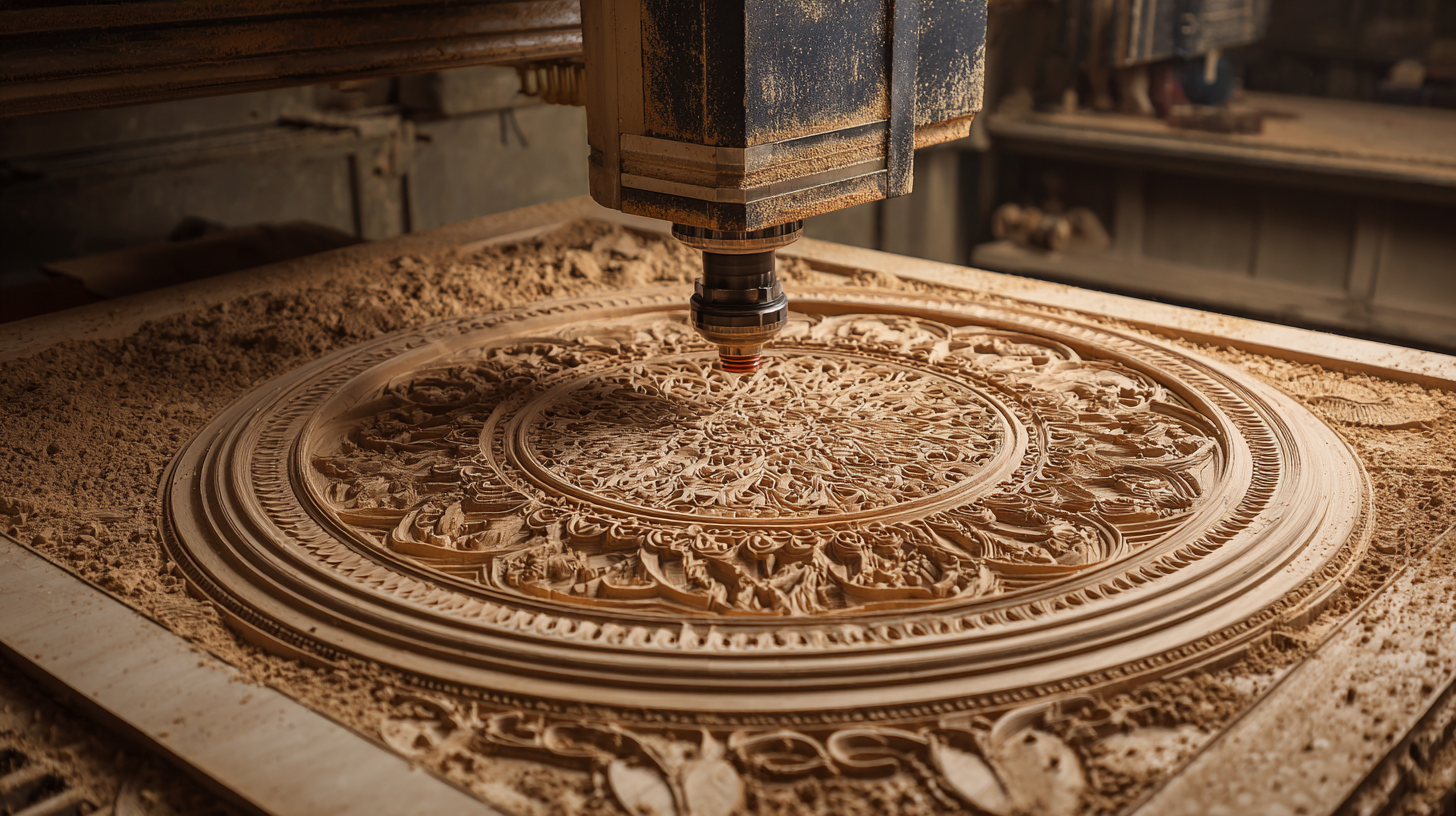
Case Studies: Innovative Furniture Designs Achieved with CNC
The intersection of CNC technology and innovative furniture design has opened new avenues for creativity, as evidenced by the recent development of a 12-legged robot coffee table that can walk autonomously. Crafted from CNC-machined bamboo, this piece not only showcases the precision of digital fabrication but also merges functionality with artistry. The incorporation of two motors allows it to move smoothly, reinforcing the idea that modern furniture can transcend mere static existence to become dynamic installations in living spaces.
Case studies like the Riddled Furniture project highlight the innovative use of CNC milling to create uniquely perforated designs. This approach challenges traditional furniture fabrication methods, offering a fresh perspective on material use and aesthetic appeal. Similarly, the exploration of plywood construction in Chair 02, alongside projects capturing cultural legacies, illustrates how CNC machines enable designers to tell deeper stories through their work. By harnessing advanced technology, designers are embracing a blend of precision and artistry that not only pays homage to past influences but also shapes the future of custom furniture design.
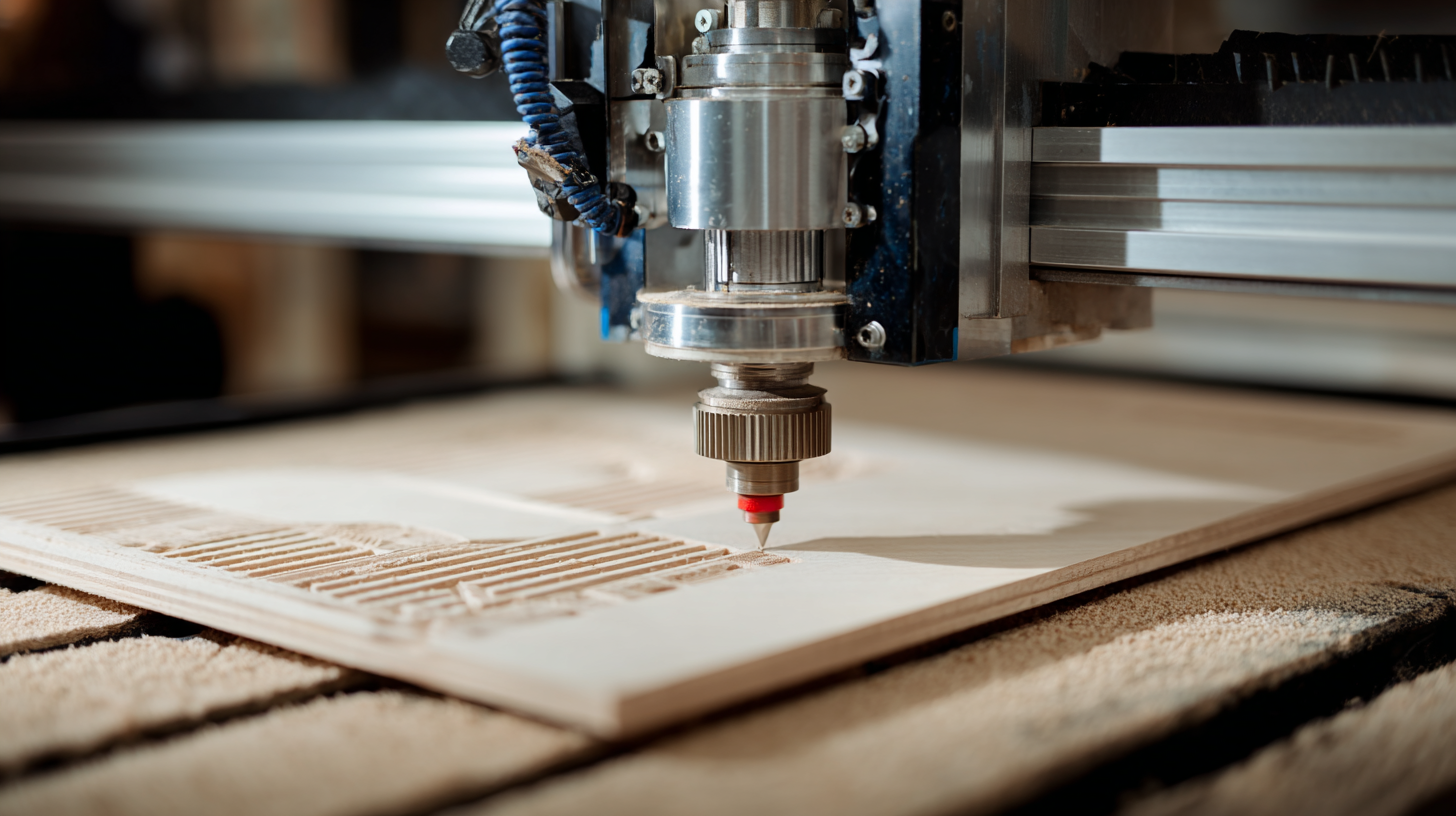
Future Trends: The Role of CNC in Sustainable Furniture Design
The rise of CNC (Computer Numerical Control) technology has significantly transformed the landscape of sustainable furniture design. As consumers become more eco-conscious, the demand for environmentally-friendly practices in manufacturing is at an all-time high. CNC wood carving machines allow designers to optimize material usage, reducing waste and enhancing precision. By utilizing CAD/CAM software, artisans can create intricate designs that maximize each wood piece's potential, ensuring that every cut contributes to the overall beauty and functionality of the furniture.
Moreover, CNC machines enable the use of reclaimed and sustainably-sourced materials, further minimizing the environmental impact. By streamlining the design process, these machines facilitate the production of bespoke furniture that caters to individual tastes while adhering to sustainability standards. Future trends suggest that as technology evolves, CNC machines will incorporate more advanced features, including AI-driven design assistance that can predict consumer preferences and implement energy-efficient manufacturing practices. This synergy between technology and sustainability is set to redefine custom furniture design, promoting a harmonious balance between creativity and environmental responsibility.
Related Posts
-

Exploring the Future of Best CNC Engraving Machines in 2025 and How to Choose the Right One
-
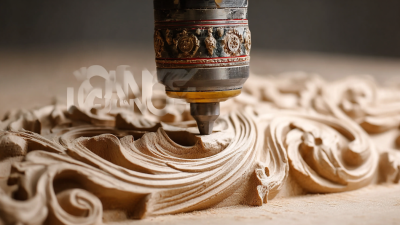
How to Choose the Best CNC Wood Carving Machine: A Comprehensive Tutorial for Buyers
-
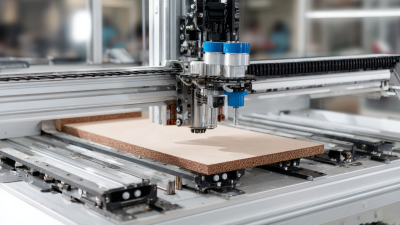
Maximize Your Investment with Top After Sales Support and Repair Cost Tips for Best CNC Router Table
-

5 Incredible Facts About CNC Wood Carving Machines You Must Know
-

Top Strategies for Sourcing the Best CNC Wood Carving Machines Worldwide
-
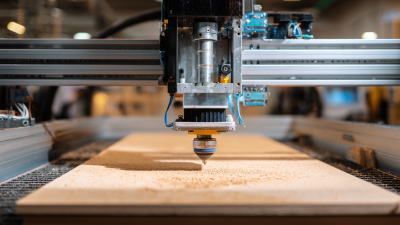
How to Choose the Right CNC Router for Your Business Needs















